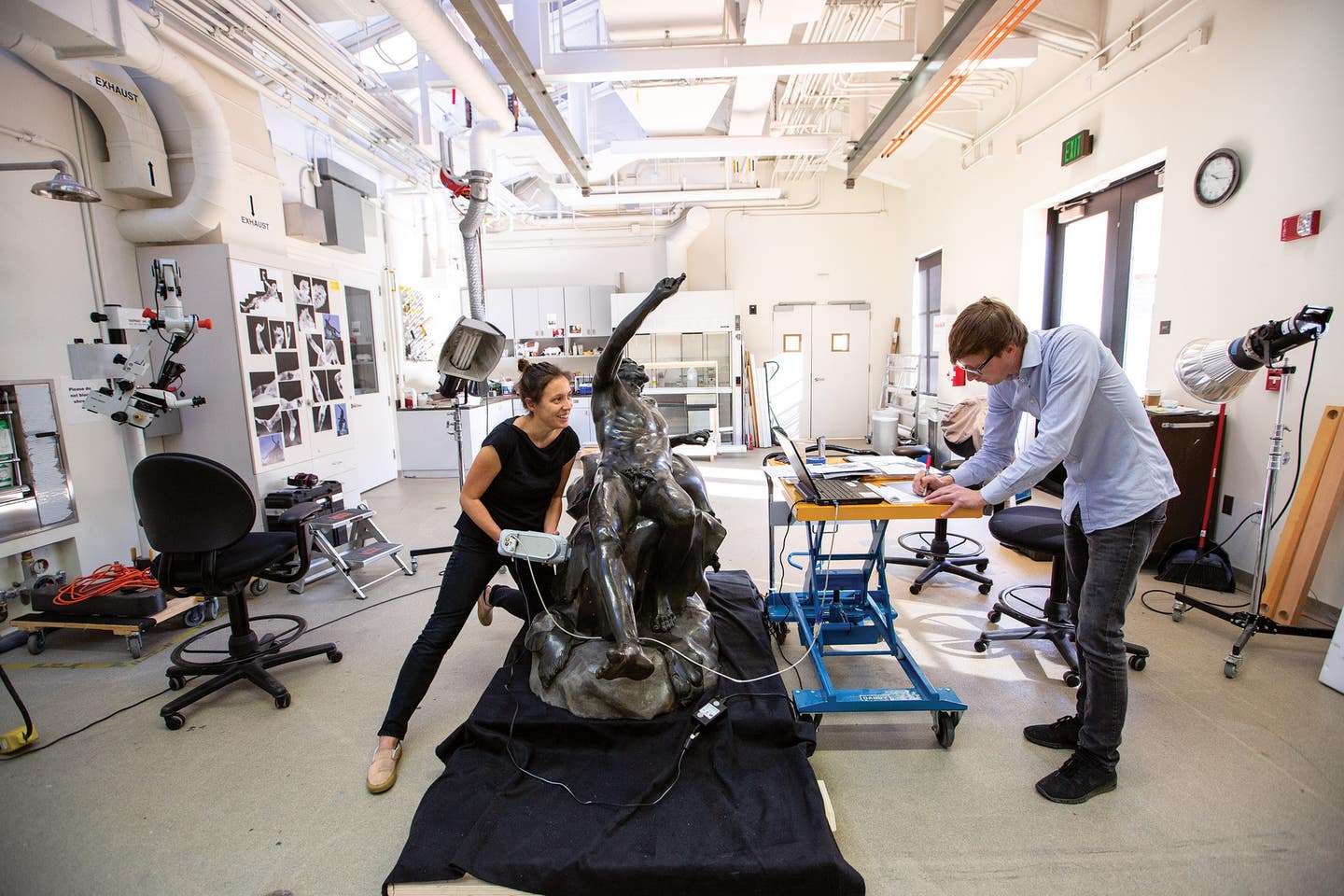
Features
Buried by Vesuvius: Treasures from the Villa dei Papiri
In AD 79, a river of hot mud and volcanic debris, the fallout from the eruption of Vesuvius, flooded the seaside town of Herculaneum covering it up for nearly two millennia until its rediscovery in the mid-1700s. Those excavations unearthed long lost treasures, meanwhile Swiss architect and engineer Karl Jakob Weber documented the still-buried Villa dei Papiri, named for the carbonized papyrus scrolls discovered on site in 1752. Weber’s diagrams have been integral in the excavations that followed over the centuries, and they were the inspiration to J. Paul Getty who decided to replicate the villa in Malibu, creating one of Southern California’s most iconic buildings—the Getty Villa. 45 years later, the Getty Villa is bringing some of the most extraordinary pieces from the Villa dei Papiri to the Mailbu bluffs in the exhibition “Buried by Vesuvius: Treasures from the Villa dei Papiri”.
“Buried by Vesuvius doesn’t set out to tell the original story of the [Getty] Villa. The idea is obvious—bringing the Villa dei Papiri to the Getty Villa,” says curator Kenneth Lapatin. More than 70 artefacts and objects hand-selected by teams from Italy’s Museo Archaeologico di Napoli, the Biblioteca Nazionale di Napoli, and Parco Archeologico di Ercolano were loaned to the Getty for an exhibition that was more than a dozen years in the making.
“We are bringing spectacular finds from Papiri to the Villa—statues, frescoes, ivories, papyrus scrolls, marbles—many of these finds have never traveled outside of Naples, nor have been shown before,” shares Lapatin. “Each object was selected with our Italian colleagues, so even for long-time visitors to the Getty this will be something new.”

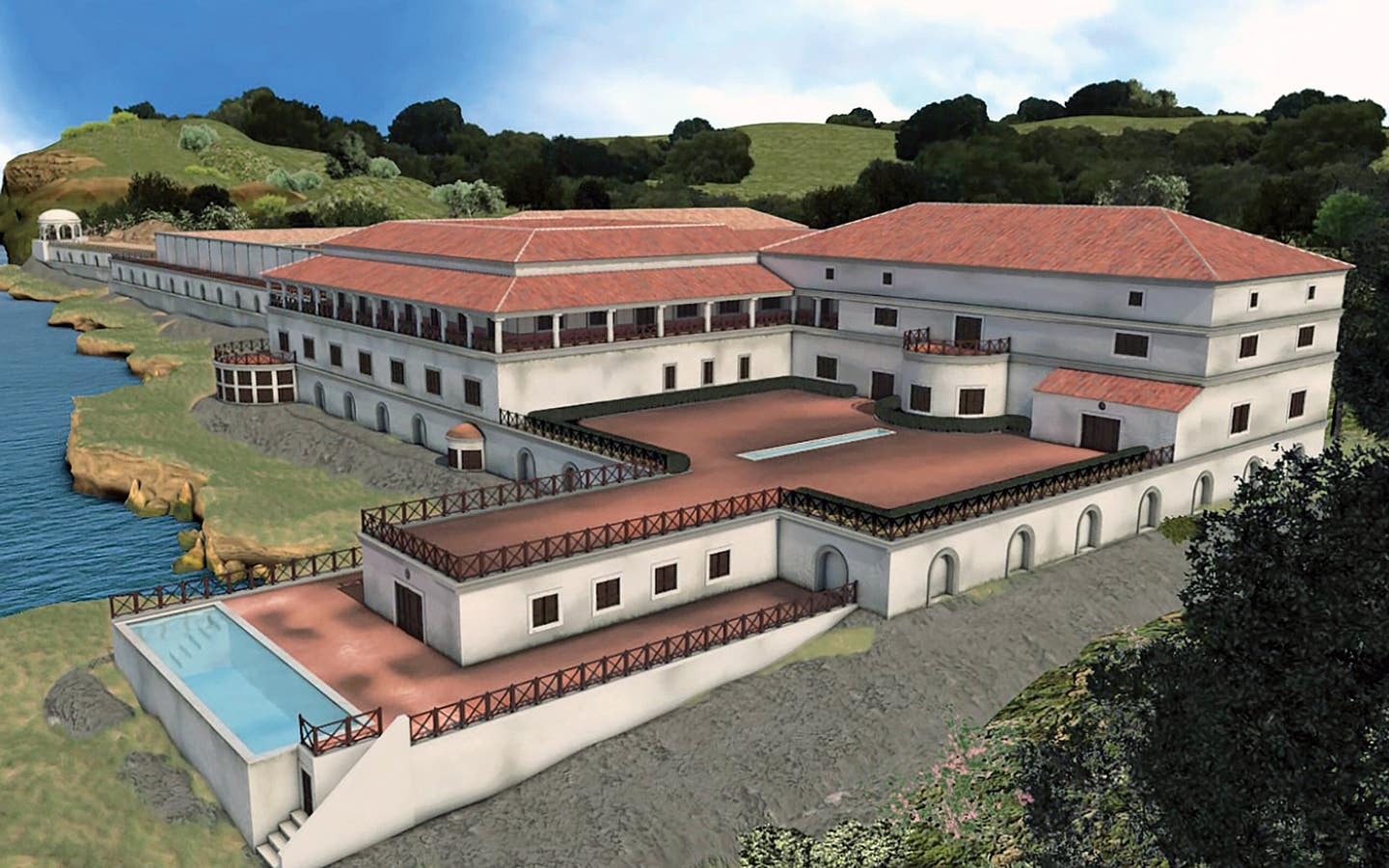
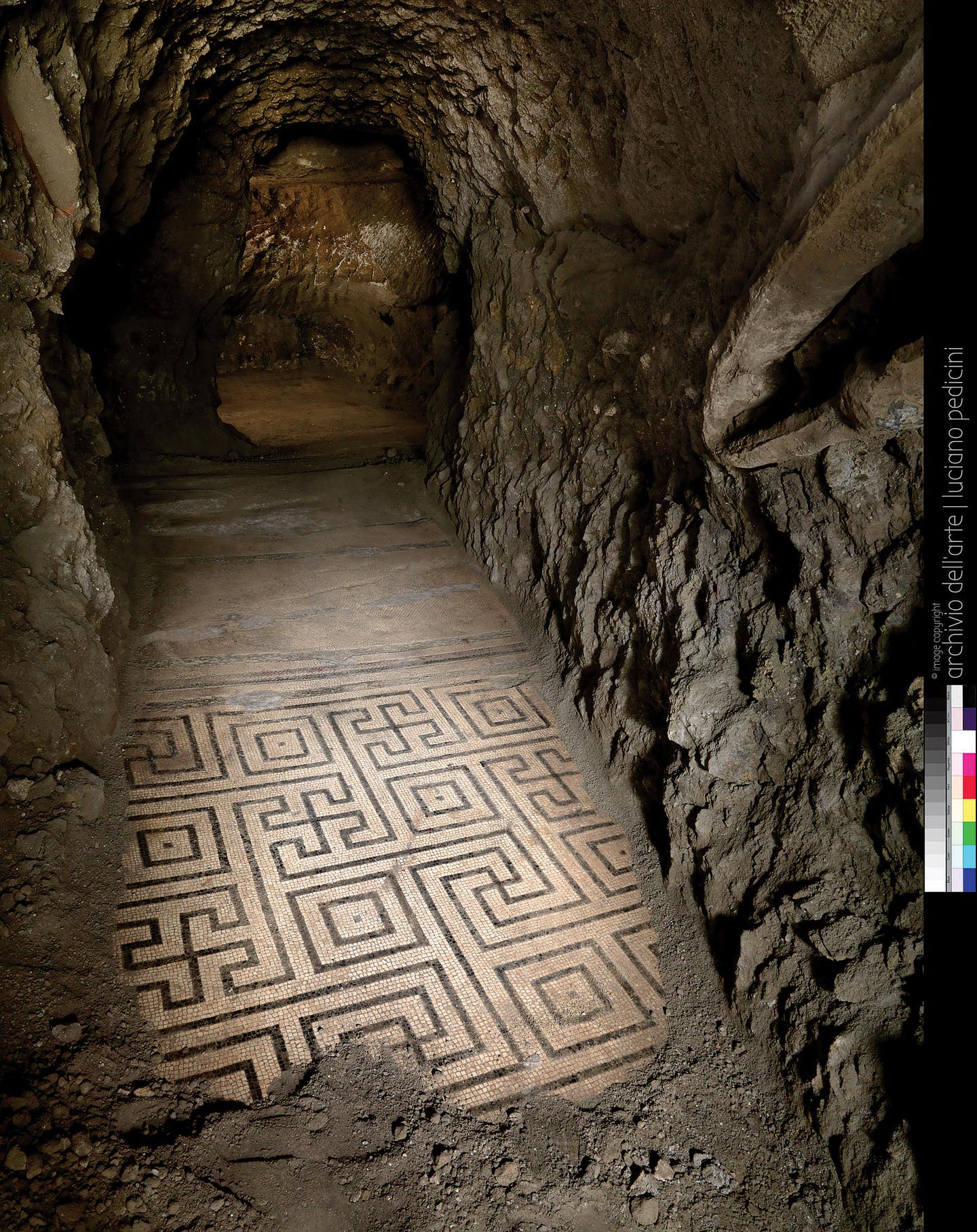
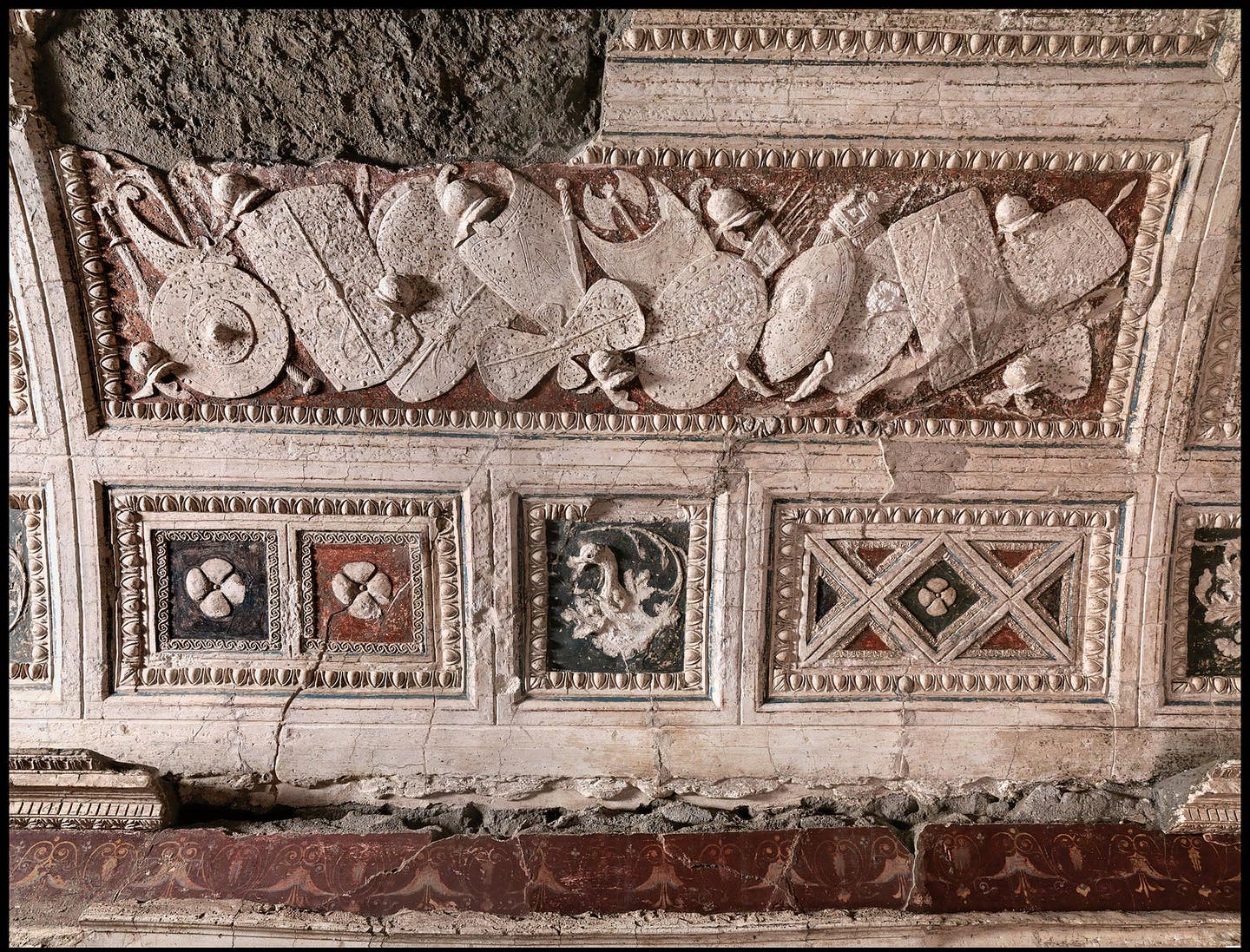
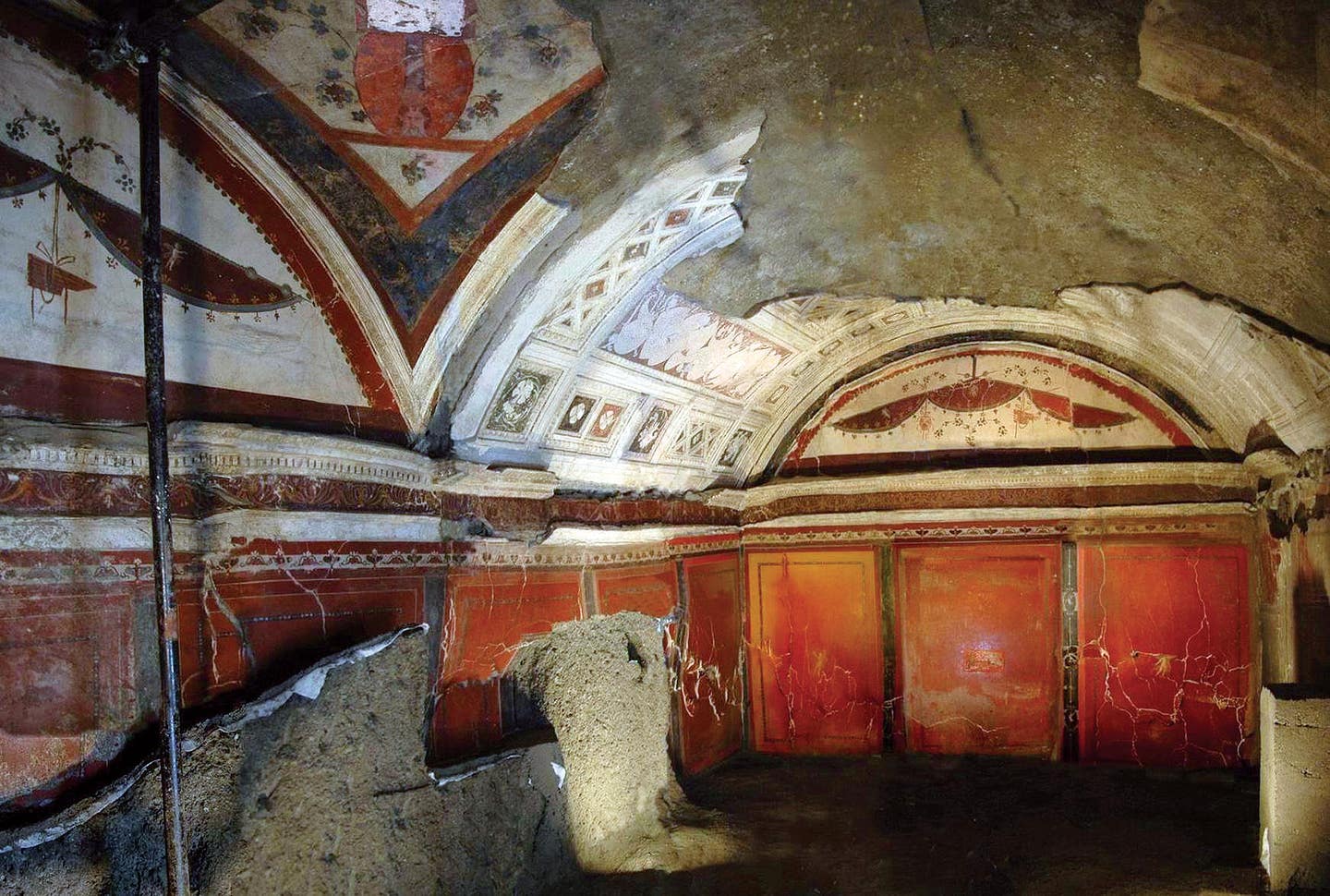

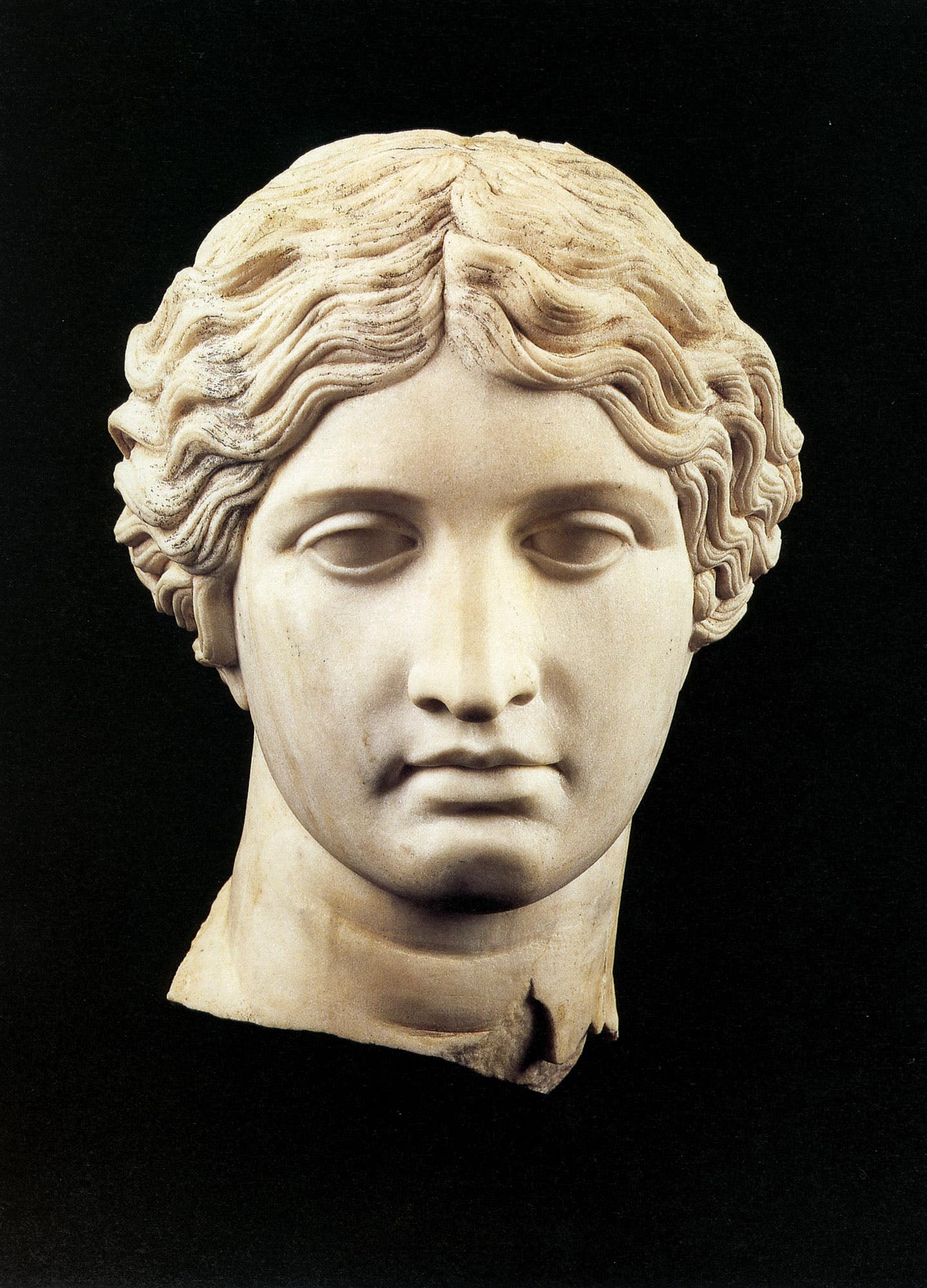
While visitors might be familiar with the copy of the Drunken Satyr who lounges in the Getty garden, the original bronze Satyr statue, exhibition centerpiece, is entirely new...to the Getty Villa. The precious statue was all for lost until it was uncovered in the 1750s and in a dubious state. Distinctly damaged by the eruptions, the Satyr had to be pieced together, which included placement on a marble pedestal for its 1754 restoration. Fast forward to 2019, the Getty Villa shared a nail-biting fait accompli on its Instagram profile @GettyVilla, when it documented separating the marble base from the statue for the first time in 250 years.
Details of the Exhibition
The show is more than just the Satyr. The exhibition showcases spectacular, never-before-seen treasures including the bronze Runners and the marble Athen Promachos. A bronze portrait of Piso Pontifex, the supposed son of owner Lucius Calpurnius Piso Caesoninus, who also just happened to Julius Caesar’s father-in-law is also on view. Along with statuary, frescoes, and mosaics, the show explores (and attempts to read) papyrus scrolls recovered from the Villa dei Papiri in the 1750s which discuss philosophical subjects of Epicurean inspiration, and are remnants of the only surviving library from the classical world. Back drop to the lineup of “new originals” is the the Villa’s antiquities collection itself, framing Buried by Vesuvius in a unique context—inspiration meets original.
“It’s quite extraordinary to witness this International collaboration, going way beyond institutional loans,” comments archaeologist Darius Arya. “The careful selection and painstaking conservation work underlines all of the institutions’ commitment to preserving the past and sharing that important work with video and virtual reconstructions, all within the grounds of a museum, fully decorated and landscaped, inspired by the original villa.”
Buried By Vesuvius also celebrates Herculaneum’s incredible history of archaeological research. The two centuries following the rediscovery of Herculaneum were plagued by decades of abandonment and intermittent years of interest. In 1806, the French commanded excavations, leaving in 1815, followed by a brief 1823 excavation. Following the Italian unification, excavations resumed in 1869 until full stop in 1875. The early 20th century saw short excavations through the oughts, with long-term excavations from 1927 to 1958. New campaigns returned in 1960s, and would carry on to the turn of the 21st century with major excavations in the 1990s and 2000s. These excavations are showcased with original diagrams, plans and books. Rounding out the exhibition is a short film that renders the Villa dei Papiri in its pre-Vesuvius splendor, created specifically by MAV, Herculaneum’s Virtual Archaeology Museum.
“What we are trying to do is treat the site holistically and trying to bring artefacts, archaeology, rediscovery and architecture all together. We wanted to represent the earliest excavation to most recent finds from 2007,” underlines Lapatin.








